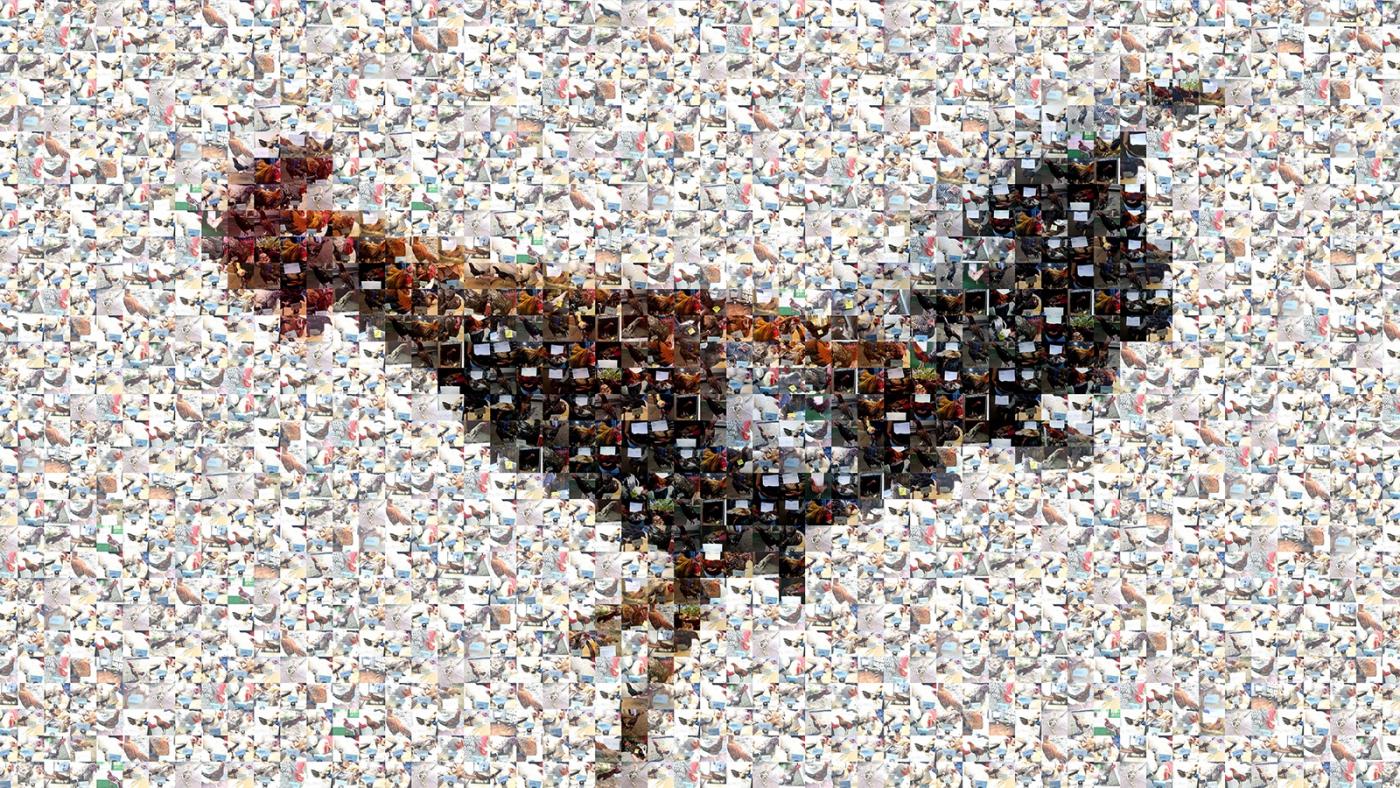NEW YORK, NY — About 33 billion chickens inhabit the planet. Among them is a feisty subset: the gamecocks, which for millennia have been bred to brutally fight other chickens.
Could gamecocks hold clues to the biological basis of aggression and of the evolution of behavior in general? Could they even point toward previously unknown biological details underlying a devastating human disease?
Scientist Andrés Bendesky, MD, PhD, thinks so. He and his research team suspect they have uncovered a genetic change on which may hinge the primary difference between fighting chickens and their more docile cousins. The researchers published their findings recently in the journal G3: Genes|Genomes|Genetics.
“After examining the DNA of 44 gamecocks, representing 24 varieties, we identified a genetic locus centered on the gene ISPD,” said Dr. Bendesky, a principal investigator at Columbia’s Zuckerman Institute and an assistant professor of ecology, evolution and environmental biology at Columbia. “We think breeders over the millennia managed to exploit it to develop all of these fighting chickens around the world.”
ISPD, a variant of which was present in about 90% of gamecocks and just under 4% of nongame chickens, is not just any genetic locus. It had been pegged previously by other scientists as being involved both in muscular development and the neuronal wiring of the central nervous system.
“It’s possible that ISPD changes the musculature of fighting chickens in a way that makes them particularly agile at fighting,” said Dr. Bendesky. “Or perhaps it shapes neural characteristics that influence their propensity for aggressive behavior.”
Making this discovery required assembling the most diverse dataset of game and nongame chicken genomes ever put together. The researchers contacted breeders to obtain genetic materials from gamecocks around the world. Dr. Bendesky personally traveled to Mexico, Puerto Rico, Peru and Thailand to collect samples.
“Very little is known about the genetic basis and evolution of behaviors, whether it’s aggression or parental care,” said Dr. Bendesky. “Studying an animal that specializes in a certain behavior, such as the gamecock and its aggression, helps us look into why one species or variety behaves one way while others behave in different ways.” Though he is opposed to the use of fighting chickens for entertainment, Dr. Bendesky said he recognizes them as providing a unique opportunity for science.
Previous research by others indicates that gamecocks probably were originally domesticated for fighting in southeast Asia and then later diversified as they were taken to other places and mixed with nongame local chickens, Dr. Bendesky said.
Dr. Bendesky noted that his team’s approach to studying the origin of behaviors, whether using gamecocks or in his ongoing studies of betta fish, reflects research practices that Charles Darwin embraced. In his 19th-century investigations leading to the landmark opus Origin of Species, Darwin also turned to the domestication of animals. For him, they amounted to an accelerated form of evolution that helped reveal how both natural and breeder-initiated selection can give rise to biological traits.
One early consequence of this new work by Dr. Bendesky and his colleagues is an unexpected convergence with researchers at the University of Iowa who discovered that ISPD mutations cause muscular dystrophy in humans.
“I was happy to hear from these scientists,” said Dr. Bendesky, who is going to send them samples from gamecocks and nongame cocks. “It is exciting that there’s now a possibility our fundamental studies of the origin of behavior could end up improving our understanding of a devastating disease.”
###
The paper, “The main genetic locus associated with the evolution of gamecocks is centered on ISPD,” was published on November 22, 2023, in G3: Genes|Genomes|Genetics.
The full list of authors includes Andrés Bendesky, Joseph Brew, Kerel X. Francis, Enrique F. Tello Corbetto, Antonio González Ariza, Sergio Nogales Baena, Tsuyoshi Shimmura.
The authors declare no competing interests.


